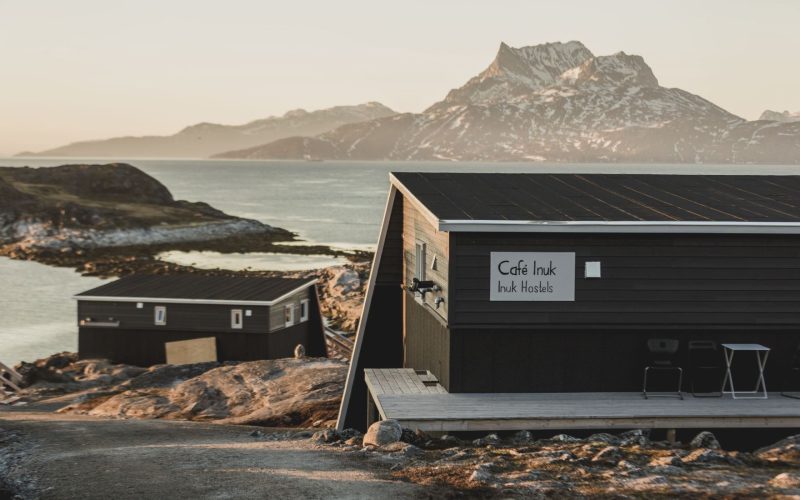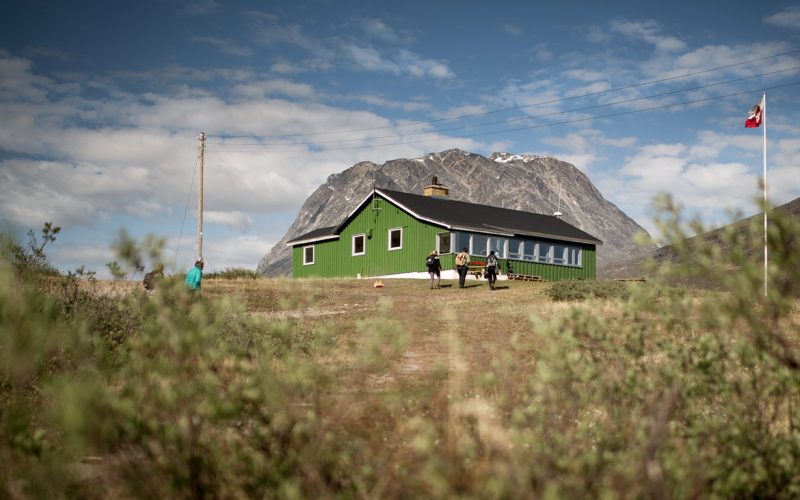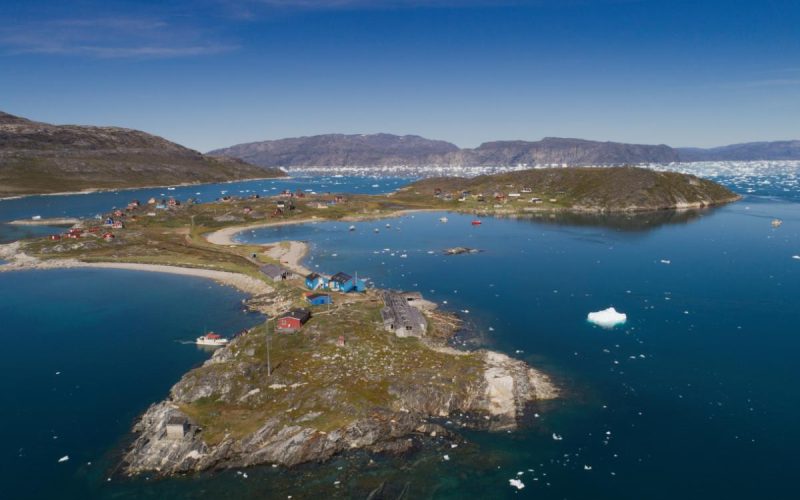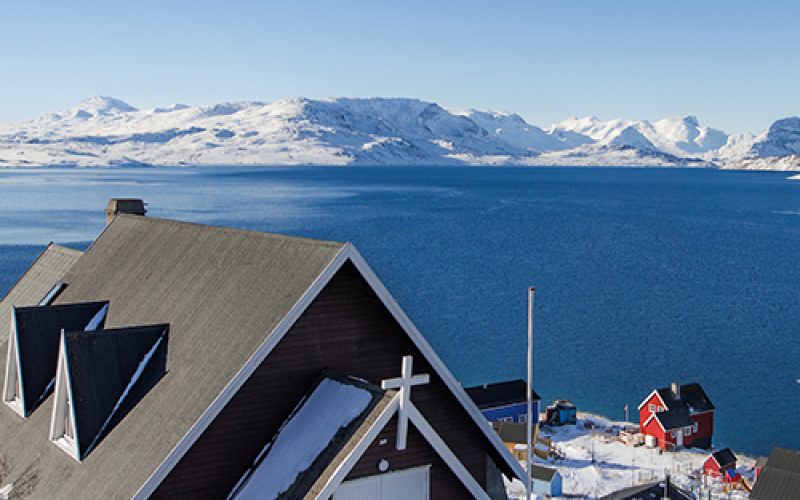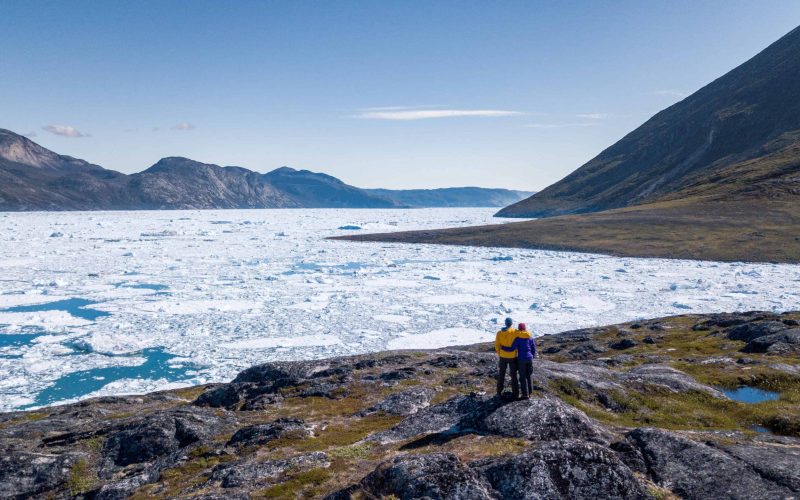Kaffemik at a local home
The tour starts at Tupilaks office. From here, you will, together with the guide, walk towards the home of the local family, where coffee, tea and homemade cake will be served.
The local family speaks English and will talk about life in Greenland today and in the past.
CANCELLATION NOTICE: Kaffemik cannot be refunded when cancelled less then 24 hours before Kaffemik.
Included:
- English/Danish speaking guide
- Tea, coffee and cake will be served.
- Transfer to hostess (OneWay, transfer)
What is Kaffemik?
‘Kaffemik’ is held on special occasions such as birthdays, weddings, anniversaries, etc. If one is invited it is impolite not to come although one usually stays only a short time to visit. Upon entering the host’s home, one leaves over clothes and boots in the entrance way, gives a gift to the one(s) to be honored and is then shown to the dining table. Should there be no available seat immediately, one waits politely. Coffee, tea and cakes are served. It is usual to say ‘Thank you’ to two cups of coffee or tea but no more, to ensure that there is enough to go around, which, in small settlements, includes the entire population!
When more guests arrive (who will also need a place to sit) and after your two cups of coffee and cake, place your cup and saucer on top of your cake dish, rise from the table and say ‘Qujanaq’ (Thank you) after which you sit on the sofa or leave. If the Kaffemik is for an especially important event a buffet of Greenlandic delicacies is often laid out in the kitchen. It is customary to start there before sitting at the table with deserts. With regard to the nature of the gift offered it is best to ask locally because customs vary.
Also, from place to place the conversation varies quite a bit. Europeans are often taken aback by the long periods of silence. In some cultures, long pauses in conversations can seem embarrassing, but in Greenland one can sit for long stretches just being together without exchanging words. However, loud laughter often accompanies funny anecdotes.’
By Birgitte Hertling

